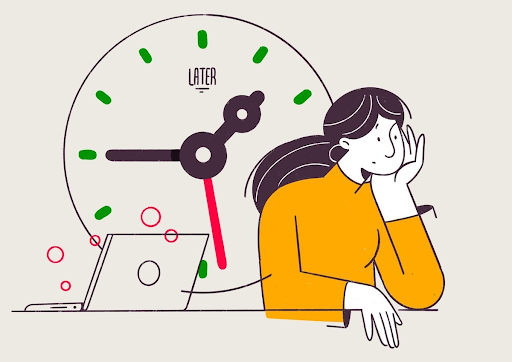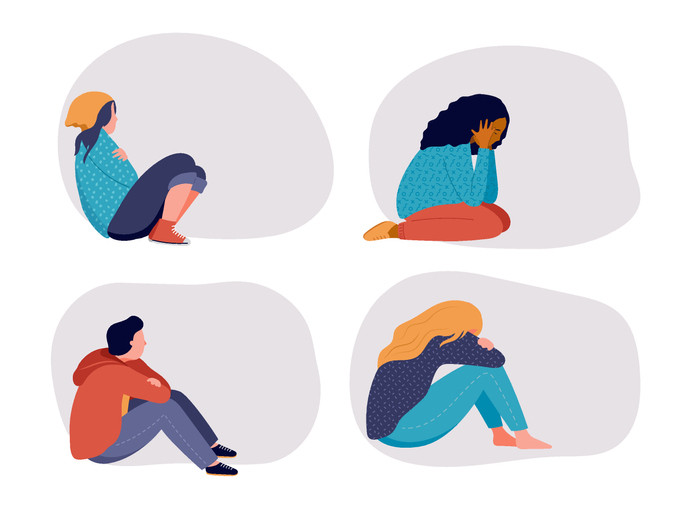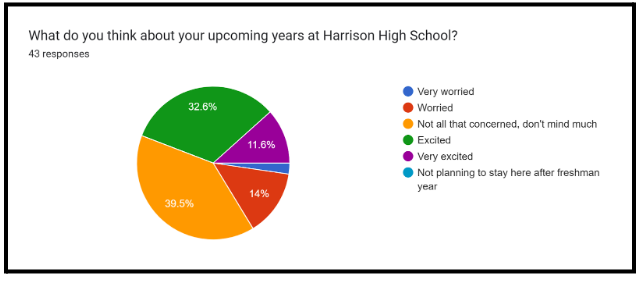For most, childhood and adolescence are the most difficult years of a lifetime. The body and the mind are both developing quickly, which results in stress and other difficulties. It is expected that certain mental and physical pains are normal and even considered necessary for a child’s growth, however, they can develop into severe mental health issues.
The topic of mental health is very personal, delicate, and complex. It is often negatively stigmatized by society and avoided as a subject altogether. In recent years, the prevalence of mental health among the youth has notably increased. This drastic rise has significantly concerned healthcare providers, parents, teachers, and others. This crisis among children and adolescents has long been a matter that has affected the public, but the focus on it has increased throughout the last couple of decades. During the past ten years, several issues within society and occurrences have affected the youth’s mental health which has contributed to the risk of developing or intensifying mental health disorders. Youth mental health problems have increased as a result of the COVID-19 pandemic, and the surge of use of social media, among other events. These have contributed to problems such as exhaustion, depression, and anxiety, which are some of the most common mental health struggles seen among the current youth. According to the World Health Organization (WHO), “[d]epression, anxiety and behavioral disorders are among the leading causes of illness and disability among adolescents.” The WHO also reports that “[g]lobally, one in seven 10-19-year-olds experiences a mental disorder, accounting for 15% of the global burden of disease in this age group.”

Children’s decline in stable mental health has greatly been attributed to school. Teenagers spend a significant amount of time in school, so the surroundings they are in may have a significant effect on their mental health. High standards and academic pressure might cause students to feel extremely stressed. Moreover, students’ mental health can also be impacted by stressors like tests, an abundance of homework, and the competitive character of educational institutions. Stress and anxiety levels might rise as a result of the pressure to do well on tests, handle demanding workloads, and balance several obligations. When students become overwhelmed by the responsibilities of their education, it’s known as academic pressure. Oftentimes, to accomplish their educational objectives, students use more of their energy. According to Pacific Teen Treatment, there are a variety of causes of pressure. It may result from insufficient funding, unrealistic expectations, and poor grading systems. Additionally, interactions in the classroom can have a big impact on students’ mental health. The contact they have with their peers could have a big impact on their social life. Poor peer relationships, social isolation, and loneliness during childhood and adolescence have been associated with unforgiving long-term mental health consequences, such as depression, anxiety, self-harm, and even suicidal thoughts, according to Alis Behavioral Health. While unfriendly or negative relationships can cause stress and emotional and mental anguish, positive interactions may promote happiness and well-being.
Bullying, isolation from society, and loneliness can all have detrimental effects on students’ mental health as well. Furthermore, bullying may have long-lasting repercussions and can lead to emotions of loneliness, worry, and despair. Bullying is also one of the leading causes of why adolescents attempt suicide. According to research studies supported by NICHD, adolescents who experience bullying by electronic means, such as a computer or mobile phone, are more likely to experience depression than the youth who bully them, as opposed to traditional forms of bullying. Students who are bullied are more prone to experience anxiety. People who are anxious find it more difficult to build relationships with their professors, friends, and peers. Children who are bullied may also find it more difficult to thrive in school. They may find it challenging to stay up to date with their academic work as a result. Students who experience bullying daily might not want to attend class or take part in extracurricular activities like athletics or field trips. This can have a variety of detrimental impacts on social and intellectual development.
It is important to note that having the ability to recognize the signs of declining mental health in others, as well as yourself, is a crucial aspect in being able to recover, help, and regain one’s health. At Harrison High School, a student-led club, Youth 2 Youth, promotes healthier lifestyles and helps those who are struggling. As a community, they can advocate and voice the concerns of students who may feel discouraged and depressed. A deterioration in functioning, difficulties with focus, a decline in personal care, changes in sleep and nourishment, and a sense of disconnection from one’s environment and self are just a few of the common indications and symptoms. Make sure to get treatment if you or someone you care about are suffering any of these symptoms.
There are many resources available to teenagers who are actively struggling with mental health issues. Some include: Go Ask Alice!, American Foundation for Suicide Prevention, Mindfullness for Teens, The Trevor Project, among others. If ever needed, the number for the Suicide and Prevention Lifeline is 988.
“Suicide is a permanent solution to a temporary problem.”
– Phil Donahue


























